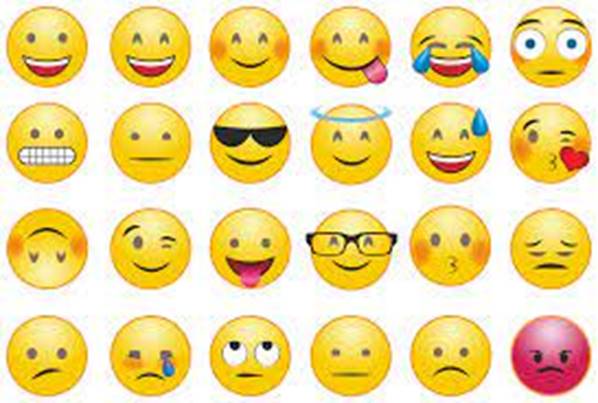

UA News Center
How Technology is Changing the Way We Speak and Write
The Evolution of Communication
The way we speak and write has been evolving for centuries, shaped by societal changes and technological advancements. Today, technology is driving an unprecedented shift in our communication styles. Just two decades ago, our primary modes of communication were face-to-face conversations, telephone calls, and written letters. Now, we have added emails, text messages, social media postings, and other digital forms of communication to the mix.
The Impact of Digital Communication
Digital communication has dramatically changed the way we express ourselves. Today, we live in a world where we can instantly share our thoughts, ideas, and experiences with others, regardless of geographical distance. This immediacy has led to a significant shift in our language.
One of the most noticeable changes has been the shortening of words and sentences. This is particularly evident in text messages and social media posts, where character limits often dictate the length of our messages. As a result, we have developed a new language made up of abbreviations, acronyms, and emoticons.
The Rise of Internet Slang and Emojis
The speed and brevity of digital communication have given rise to internet slang and emojis. Internet slang, such as 'l‘l' ’laugh out loud), 'b‘b' ’be right back), and 't‘yl' ’talk to you later), has become a common part of our digital vocabulary. These abbreviations allow us to convey our thoughts and feelings quickly and efficiently.
Similarly, emojis have become an integral part of our digital language. These small digital images or icons are used to express an idea, emotion, or sentiment. They add a visual element to our communication, allowing us to convey tone and emotion, which can often be lost in text-based communication.
The Influence of Auto-Correct and Predictive Text
Auto-correct and predictive text features on our smartphones and computers have also influenced the way we write. While these features were designed to help us type faster and reduce errors, they have unintentionally shaped our writing style.
Auto-correct often changes misspelled words into completely different words, leading to humorous and sometimes embarrassing situations. On the other hand, predictive text tries to guess the next word we will type based on our previous typing habits. This has led to a more homogenized writing style, as our unique phrases and expressions are often replaced with commonly used words and phrases.
Challenges and Opportunities
The changes in our language due to technology are not without their challenges. For one, the use of internet slang and emojis is not universally understood, leading to miscommunication and misunderstanding. Additionally, the reliance on auto-correct and predictive text can limit our vocabulary and creative expression.
However, technology also presents opportunities for language evolution. It allows for the creation of new words and expressions, reflecting our changing society and culture. It also provides a platform for different languages and dialects to interact and influence each other, leading to a more diverse and dynamic linguistic landscape.
Conclusion: The Future of Language and Technology
As technology continues to evolve, so too will our language. While it is impossible to predict exactly how our language will change, it is clear that digital communication will continue to play a significant role in shaping our language. As we navigate this digital age, it is important to embrace the changes while also preserving the richness and diversity of our language. After all, language is not just a tool for communication; it is a reflection of our identity, culture, and history. - Words Trivia

